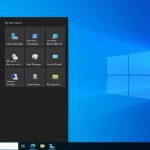The primary functions of the Windows operating system
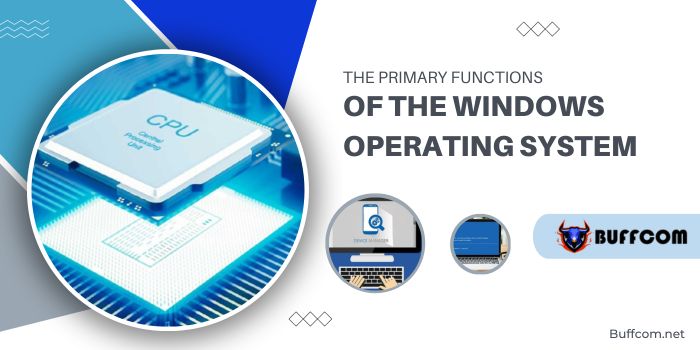
The primary functions of the Windows operating system (OS) serves as the pivotal software allowing users to interact with computers and run programs. So, what exactly does an operating system do? Let’s delve into its functionalities with Bufcom.net in this article!
The Functions of the Windows Operating System
1. Performance Optimization
The OS oversees system configurations and records response times among different windows operating system requests. This crucial oversight aids in improving performance by providing vital information when troubleshooting issues.
2. Error Identification and Resolution
Constant monitoring by the operating system helps detect errors, preventing software-related mishaps. For instance, if your computer encounters an issue requiring a reboot, the OS promptly displays an error notification along with guidance on resolution.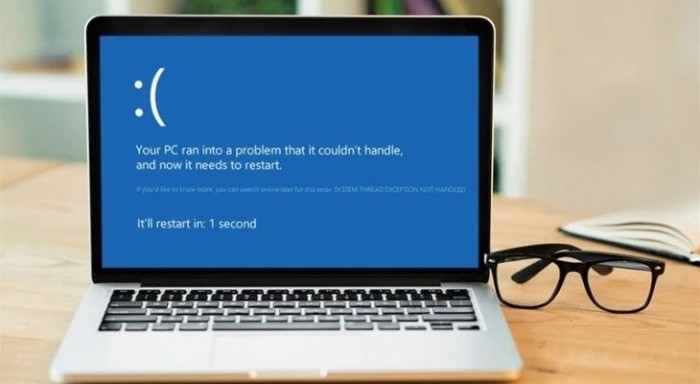
3. User Interface for Various Software
Operating systems enable users to access and utilize diverse windows operating system software through interpreters, compilers, assemblers, and other applications.
4. Efficient Memory Management
Before a program executes, it must first be loaded into the main memory. The OS manages the computer’s main memory, overseeing operations such as monitoring, tracking allocated and unallocated memory, deciding software retention duration, and managing memory allocation and release.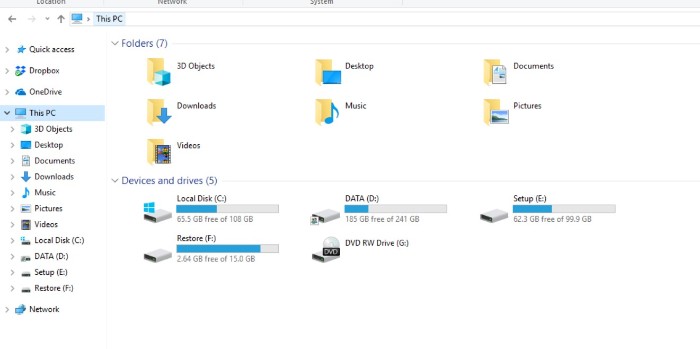
5. Streamlined Processor Control
The OS aids in managing software access to the processor and maintains processing time in a multitasking environment. This includes monitoring software status, allocating CPU resources, and freeing up the processor when not in use.
6. Seamless Device Oversight
Operating systems efficiently manage interactions between devices through their respective drivers. This includes monitoring connected devices, assigning programs for device control, determining access permissions, and efficiently allocating and releasing device resources.
7. Effective File Organization
File systems are structured into directories for convenient navigation and usage. The OS efficiently manages files by monitoring storage, setting access permissions, and maintaining file status.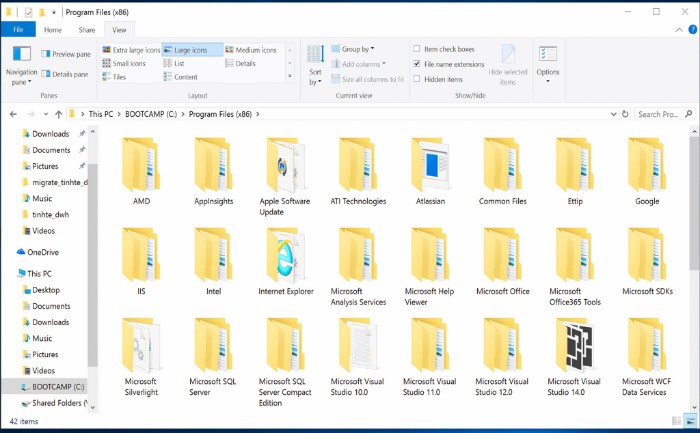
Here, Bufcom.net has outlined the essential functions of an operating system. Should you have any queries, feel free to drop a comment below!

